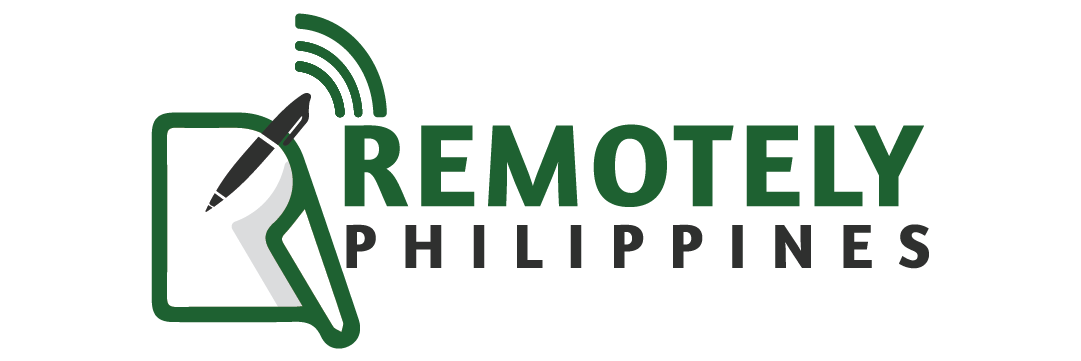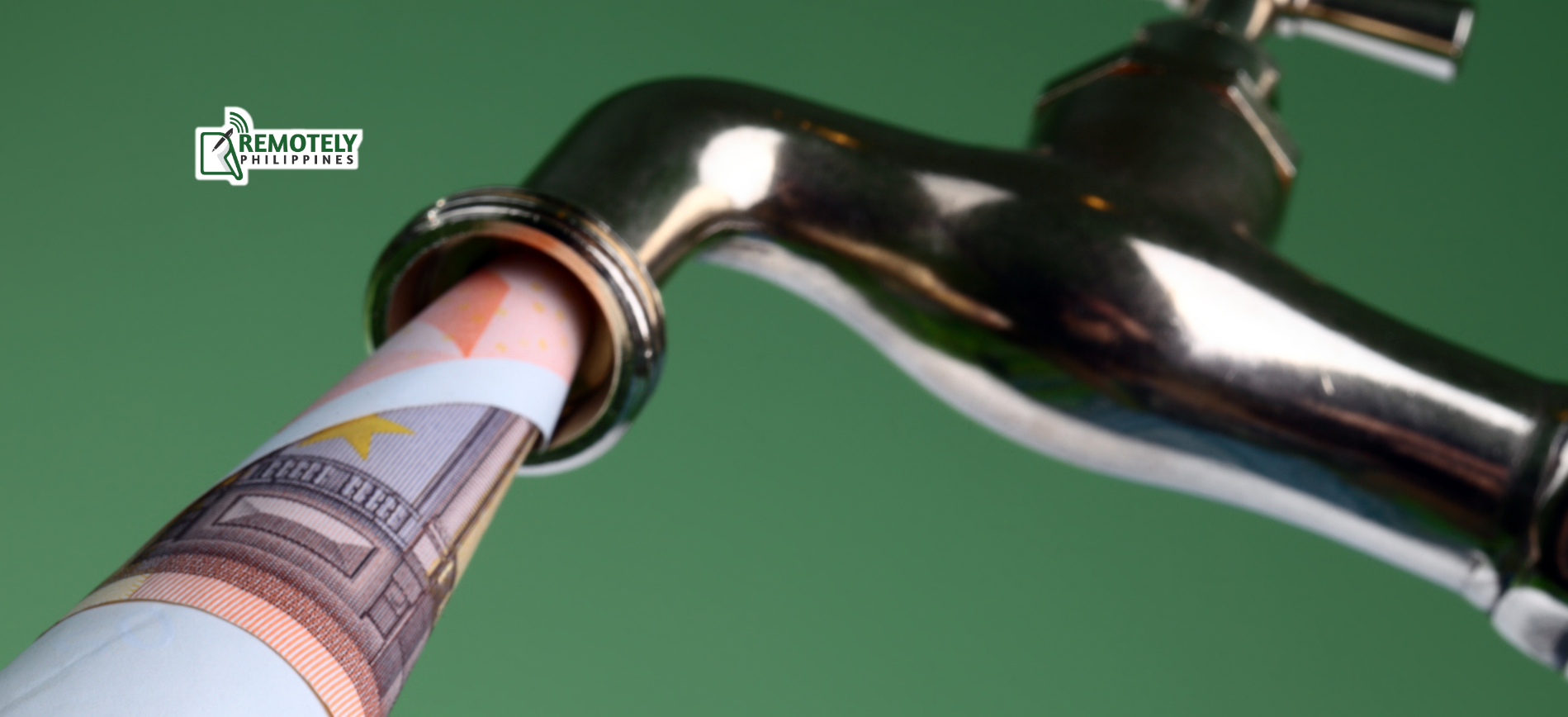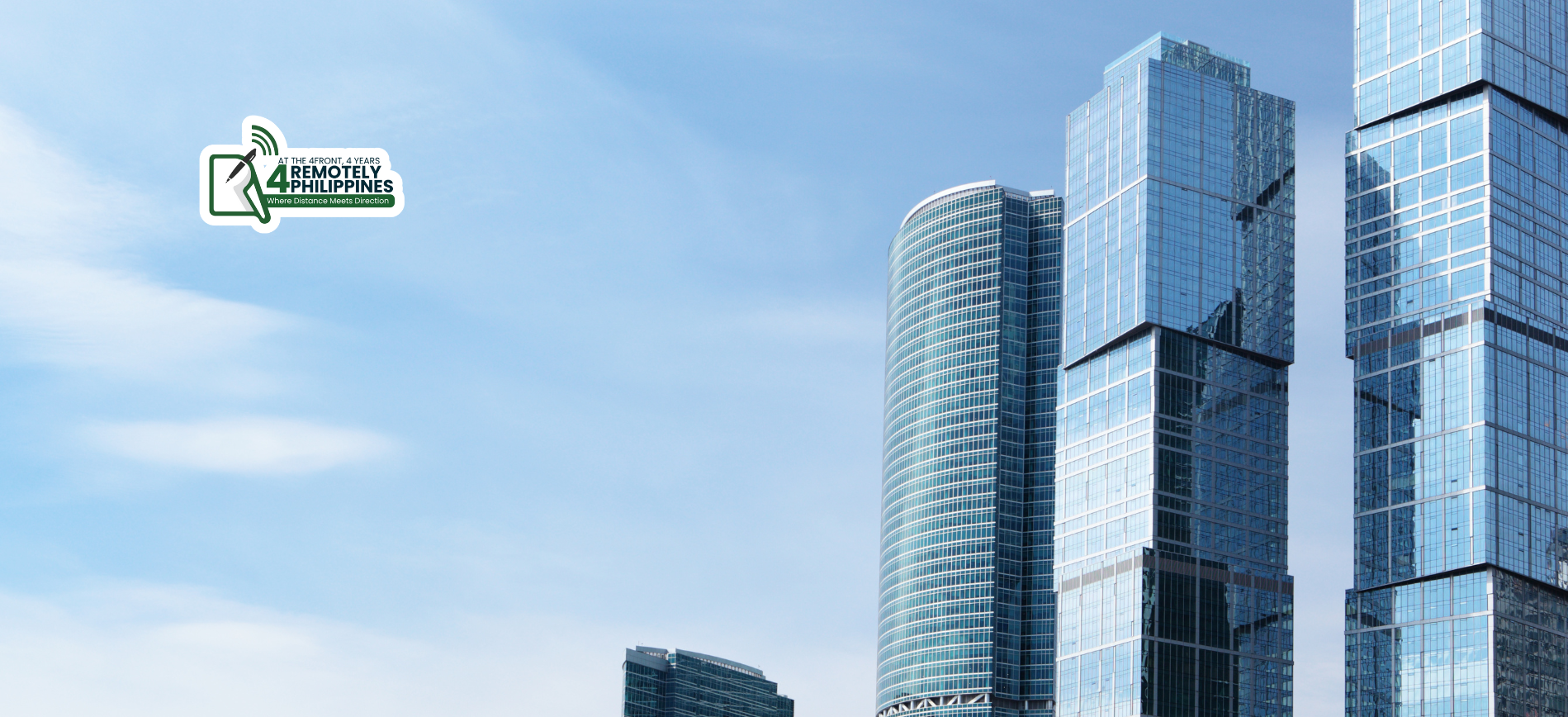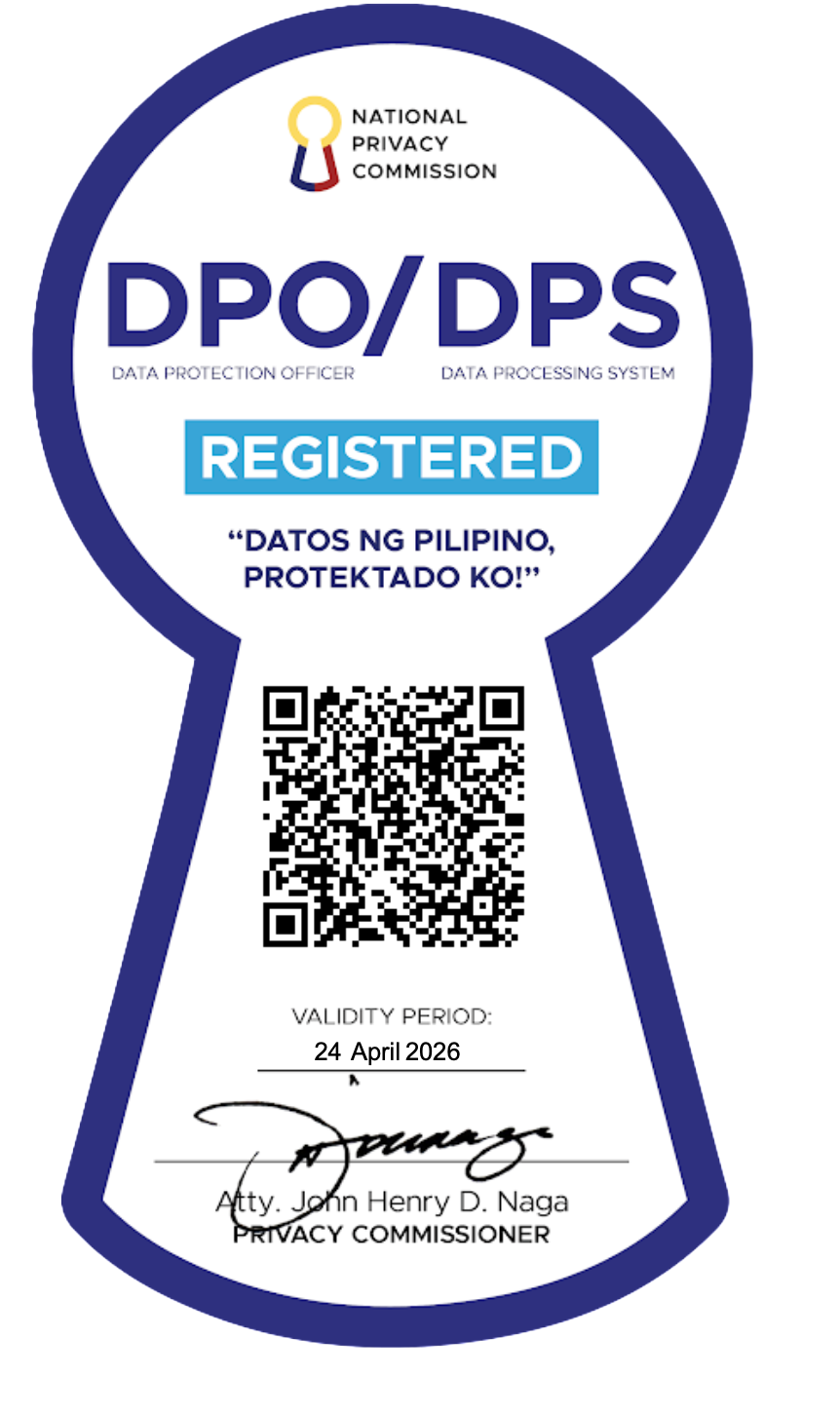Quality cannot be implemented overnight. It takes time to create a high-quality work set-up as it is based on strategic phases of events, schedules, and influencing circumstances, which involve all areas of integrated corporate operations and internal dynamics.
One of the principles used in instituting quality is the “Five S,” which stands for Sorting Out, Systematic Arrangement, Spic and Span, Standardizing, and Self-Discipline.
This principle is often associated with manufacturing companies, but it can be applied to various workplace settings and industries to organize a productive workspace while considering the improved quality, efficiency, and safety of service or operations.
In this article, we will learn the principles and how they are applied in remote workspaces.
1. Seiri (Sorting Out)
Seiri, the first of the Five S Principles. This principle is concerned with the act of sorting through all tasks, processes, and resources in a workplace, and determining what is necessary or relevant and what is unnecessary or irrelevant.
In most cases, Seiri is the initial step in applying the Five S technique. It lays the groundwork for the next S's (Seiton, Seiso, Seiketsu, and Shitsuke) by establishing an orderly workspace, which the other concepts may be implemented more readily.
The key objectives of Seiri are to identify necessary items, remove unnecessary items, reduce space, create more space, improve efficiency, and enhance safety.
In the point of view of an outsource provider, Seiri is applied when they assess their service offerings and prioritize the most critical tasks while eliminating or streamlining less valuable one.
2. Seiton (Systematic Arrangement)
Seiton, the second of the Five S Principles. This principle is about organizing and arranging the resources and tasks that remain in the workspace after the "Seiri" (Sorting Out) step.
The Seiton concept strives to create a workstation that is ordered, efficient, and aesthetically clear. It adds to the Seiri principle by ensuring that the resources and tasks that remain after sorting are organized in a way that maximizes productivity. When Seiton is effectively implemented, it contributes to improved quality and overall workplace efficiency.
The key objectives of Seiton are to arrange necessary items in systematic manner, ensure efficient accessibility, organize the workspace, and reduce error and mistake by using right tool or document for a task.
In the point of view of an outsource provider, Seiton is applied when they ensure that the resources, information, and tools are readily available so that they can document it and to minimize confusion and delays.
3. Seiso (Spic and Span)
Seiso, the third of the Five S Principles. This principle focuses on cleanliness and maintenance in the workplace. Seiso is not a one-time event but an ongoing practice. It is about creating a culture of cleanliness and continuous improvement in the workplace. When implemented effectively, this principle helps create a safer, more organized, and more efficient work environment, which, in turn, contributes to improved quality and productivity.
The key objectives of Seiso are to identify abnormalities or issues in the workplace, and assure that the items are of good quality.
In the context of outsourcing, this means maintaining high standards of quality and performance. Outsource providers should regularly review their processes, identify and address any issues, and ensure that employees have the necessary skills to deliver high-quality services.
4. Seiketsu (Standardizing)
Seiketsu, the fourth of the Five S Principles. This principle focuses on creating and implementing standardized procedures and practices for maintaining the improvements achieved through the previous three S's: Seiri, Seiton, and Seiso.
The Seiketsu principle is critical for maintaining the improvements gained through the previous S's. It is simple for a company to revert to its prior disorderly condition without established procedures and commitment to preserving them. However, by establishing and reinforcing these standards, organizations can ensure that the benefits of Five S, such as increased productivity, quality, and safety, are maintained over the long term.
The key objectives of Seiketsu are to establish consistency, resolve issues that arise related to Five S practices, and promote a culture of continuous improvement and innovation.
5. Shitsuke (Self-Discipline)
Shitsuke, the fifth and last of the Five S Principles. This principle focuses on maintaining and continuously improving the practices and standards established through the previous four S's: Seiri, Seiton, Seiso, and Seiketsu.
The Shitsuke principle is critical for ensuring that the 5S methodology's improvements become a permanent part of the organization's culture and operations. It is necessary for one to keep discipline and understanding in order to avoid reverting to past, less efficient, and less ordered modes of working. When successfully implemented, Shitsuke helps organizations continuously improve their quality, safety, productivity, and overall effectiveness.
The key objectives of Shitsuke are to embrace the values of the Five S principles, reinforce employees to stay committed, establish feedback mechanisms, and promote a culture of sustainability.
Origins of the Five S Principles
The Five S methodology originated in Japan as part of lean manufacturing techniques. It was developed in the 1950s and 1960s within Japanese manufacturing companies, notably Toyota, as a part of their system for lean production. Its principles were aimed at optimizing efficiency and organization in production settings, but they have since been adapted across various industries, including services like accounting, due to their universal applicability in organizing and optimizing operations.
Discover Remotely Philippines
Remotely Philippines is a full-range professional services firm offering accounting, assurance, advisory, and consultancy to businesses in various fields.
Our mission is to be a global outsourcing solution that creates meaningful partnerships with international firms and businesses, supported by competent Filipino talents in providing world-class professional services with the highest degree of integrity and accountability.
Learn more about Remotely Philippines and discover the difference our commitment to quality, efficiency, and customer satisfaction makes. Talk to our team and see how we can tailor our outsourcing solutions to your business's unique needs.
Sign up for our newsletter
Get regular curated content on management, outsourcing, and everything you need to know to stay ahead of the curve.









